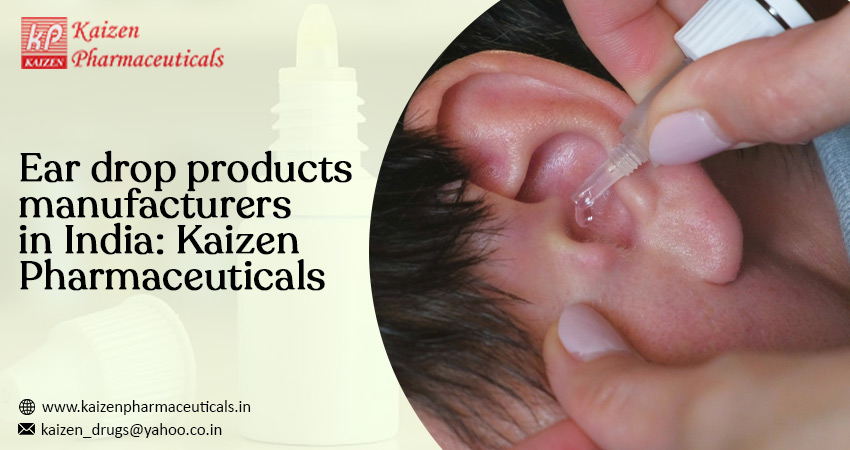
Cerumen, another name for ear wax, guards the ear against foreign objects, germs, and dust that might harm it. Additionally, it offers a covering to shield the ear canal’s skin from discomfort when taking a shower or engaging in other water sports. However, some people might create more ear wax due to more active glands. This can result in a buildup and blockage of the ear canal, which can cause ear aches, sounds in the ear, hearing loss and ear plugging.
It is possible to purchase ‘otic’ drops over the counter to dissolve earwax safely. Carbamide peroxide, a component of products in this category, removes most ear wax by dissolving it. Ear drop production offers a successful delivery method for treating infections or delivering anesthesia in addition to wax removal. The process used by ear drops products manufacturers in India is extensive, which is what one should know about.
Why is glycerin used in ear wax?
Earwax removal drops made with a water base are intended to dissolve cerumen. However, the formulation’s constituents have an impact on performance. Glycerin is added to aid in the earwax’s dissolution and ease the outflow of the discharge. The alkali in baking soda combines with the acidic nature of the cerumen to dissolve the buildup inside the ear canal. On the other hand, when carbamide peroxide is used to make ear drops, it creates foaming when it comes in touch with wax. Adding oxygen helps to ease the buildup.
Why are thickening agents used?
The viscosity and pH of the finished ear drop formulation are altered using a variety of substances in the production process for eardrops. A solution is retained in the ear for longer when viscosity increases. The resilience of the ordinarily liquid formulations is increased with thickening agents like creatinine and suspending agents like cetyl alcohol. Antibacterial eardrops use mildly acidic solutions to combat infections. By adding acidic substances like acetic acid, calcium carbonate, or citric acid, the pH of the final product is lowered to between 3 and 4.
Benefits of ultra-filtration of the water
A crucial stage in the production of eardrops is the filtration of the water. After the first chemical purification, the water is subjected to ion-exchange treatment to eliminate unwanted impurities. Using a semipermeable membrane to filter the water to get rid of any leftover bacteria and viruses is a process that defines the ultra-filtration process. The filtered water is routed via a sterile system to reach a distillation unit. It ought to be heated until it boils and evaporates, then cooled to make it condense as per the ear drop manufacturers in India.
What is used instead of propylene glycol as solvents?
The primary solvent in anti-infective eardrop products is often propylene glycol. However, concerns about this compound’s ototoxic properties drive the quest for substitute solvents. Ototoxicity is when any ear medication causes balance and hearing problems in the patient. Natural substances like coconut oil, refined palm olein, and olive oil are becoming more popular as primary replacements. Oil-based preparations dissolve the cerumen and enable it to be discharged more quickly than water-based ones.
One can learn more by talking to some of the best manufacturers, like Kaizen Pharmaceuticals. With the right equipment and knowledge of the components used in ear drop manufacturing, it becomes easy to understand the workflow from start to finish.



